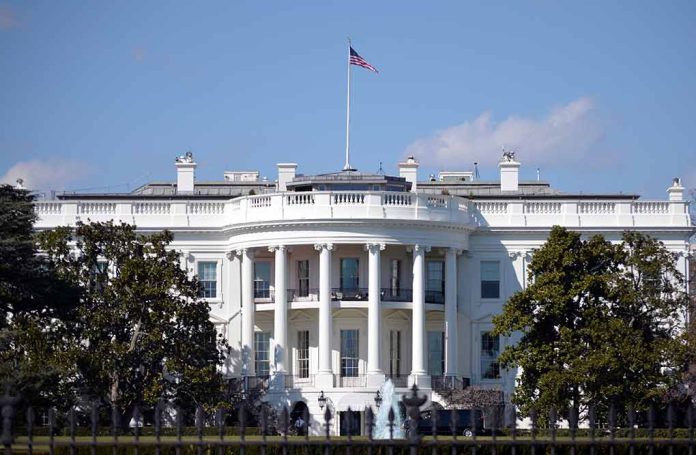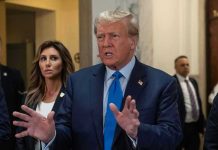
A federal judge’s decision to temporarily block President Trump’s freeze on federal grants and loans has thrown the administration’s latest policy move into disarray, sparking nationwide debate on executive power and its limits.
Key Takeaways
- A federal judge has temporarily halted President Trump’s executive order freezing federal grants and loans.
- The administration’s directive caused widespread confusion among government agencies, Congress, and nonprofit organizations.
- Programs providing direct assistance, such as Medicaid and food stamps, were reportedly exempt from the pause.
- The freeze is part of a broader effort to realign federal government operations with the administration’s priorities.
- Critics argue the move could have far-reaching consequences for Americans relying on government services.
Judge’s Ruling Upends Trump Administration’s Funding Freeze
In a significant setback to the Trump administration’s recent policy initiative, a federal judge has temporarily blocked the freeze on federal grants and loans that was set to take effect. This judicial intervention comes amid growing concerns about the potential impacts of the administration’s sweeping directive on various government programs and services.
The White House had issued a memo directing federal agencies to pause activities related to federal financial assistance that might conflict with President Trump’s agenda. This move sparked immediate confusion and concern among government agencies, Congress, state programs, and nonprofit organizations across the country.
Breaking News: A federal judge has temporarily blocked the Trump administration’s effort to freeze as much as $3 trillion in federal grants and loans. https://t.co/lGBeNTQe1C
— The New York Times (@nytimes) January 28, 2025
Widespread Confusion and Potential Impacts
The administration’s directive cast a wide net, affecting over 2,600 programs including school meals, USAID, and the WIC nutrition program. Nonprofit organizations reported being unable to access federal systems to withdraw funds for expenses, potentially jeopardizing critical services such as Head Start and housing assistance. State agencies also faced issues accessing federal funding systems, including those related to Medicaid.
However, the administration has been quick to emphasize that the action is a pause, not a permanent freeze, aimed at reviewing compliance with Trump’s executive actions. Programs providing direct assistance, such as Medicaid and food stamps, were reportedly exempt from the pause.
Critics Voice Concerns Over Policy’s Implications
The funding freeze has drawn sharp criticism from lawmakers and advocacy groups. Senate Minority Leader Chuck Schumer, D-N.Y., didn’t mince words in his assessment of the situation, “This is a dagger at the heart of the average American family in red states, in blue states, in cities, in suburbs, in rural areas. It is just outrageous.”
A lawsuit has been filed against the Office of Management and Budget by nonprofit organizations seeking a temporary restraining order. Many view the pause as part of a broader effort to reorient the federal government’s mission, a long-standing goal of the Republican party.
Broader Implications for Federal Workforce and Policy
Beyond the funding freeze, the Trump administration has taken additional steps that could significantly impact the federal workforce. The administration offered 2 million federal workers payouts to resign, aiming to reduce the federal workforce and remove those not aligned with Trump’s agenda. This move has been met with skepticism and concern from federal employee unions and lawmakers.
As the administration grapples with the judge’s ruling and the ensuing fallout, the American public remains caught in the middle of a complex political and legal battle. The coming weeks will likely see further developments as the courts, Congress, and the White House continue to clash over the scope and implementation of these controversial policies.
Sources:
Trump’s funding freeze creates widespread confusion
Trump Administration Offers 2 Million Federal Workers Payouts to Resign







